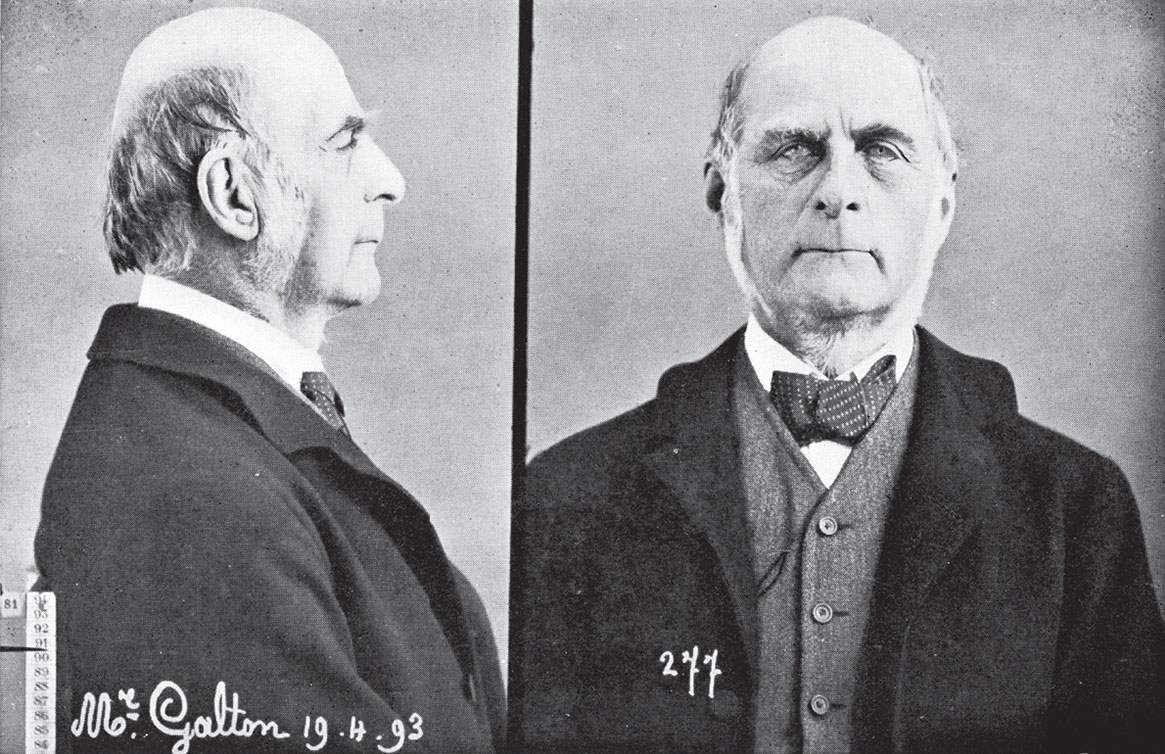Easy justice? When people and judges are at one
The public and media discourse in Switzerland suggests that the population finds the sentences passed by judges to be too mild. But a recent study now proves that the opposite is the case.

Someone who breaks the speed limit is given the same punishment by both judges and the public. | Image: Keystone/imageBroker/Jochen Tack
They were murders that horrified the public: Lucie, Adeline and Marie were all killed by repeat offenders, and their cases became synonymous with criticism of the Swiss justice system. And even before this, there were accusations that the criminal justice system was too understanding towards criminals. This resentment was given expression on a political level by the approval of several popular initiatives to tighten up penal laws – such as those on preventive detention and on the removal of the statute of limitations on paedophile criminals.
This seems to give the impression that the Swiss electorate is dissatisfied with the criminal jurisdiction in their country. And when asked for their general opinion, voters do agree that the courts pass sentences that are too lenient. But when this question is posed on a concrete level, their answers are much less clear. This is the conclusion of André Kuhn, a professor of criminology and criminal law at the University of Neuchâtel.
Since 2000 Kuhn has carried out three random tests among both the population and judges to ask how they would punish a reckless driver, a burglar, a criminal banker and a rapist (see ‘The joy of punishment’). He found the results surprising: in the first three cases, a majority of the population would give a more lenient sentence than the judges. Only in the case of the rapist did they want a harsher sentence. To be sure, in all three surveys there were people among the public who preferred highly repressive judgements, and this pulled the survey’s average sentence upwards. But a majority of them offered judgements that were milder than expected. These findings suggest that the criminal justice system in Switzerland largely matches the public’s expectations.
The law-and-order brigade
“These results might seem astonishing, given the ‘easy justice’ discourse of politicians and the media”, says Martin Seelmann of the University of Zurich, who is writing his doctoral thesis on sentencing. “And yet other studies have also shown that the public often prefers milder sentences than those proposed by politicians and the media”. Some politicians defer to the public’s supposedly restrictive opinions on sentencing because it can bolster their stance as defenders of ‘law and order’. “The fact that popular initiatives to tighten up criminal law have been accepted is also because the media and politicians have been stoking up fears among the population”, says Seelmann.
The results of this study have been confirmed by similar surveys in other countries. For example, when asked for their general opinion, people in Great Britain have also described their justice system as being too feeble. But when it came to imposing a sentence in a concrete case of burglary, it emerged that the public’s judgement was at one with that of the judges.
Martin Kilias is a professor in criminal law in St. Gallen, and he can also confirm that the results of André Kuhn’s study are consistent with other empirical findings on sentencing. “The notions of justice among the public are often the same as those upheld by the judicial system”. But Kilias emphasises that these results only cover a limited field. The discrepancy between these results and the political discussions on tightening up criminal law are also explicable on account of the brevity and the one-dimensionality of the case histories put before the public and the judges within the framework of the study.
This point is also criticised by Martino Mona, a professor of criminal law and legal philosophy at the University of Bern: “Such surveys of the public and of judges, which present significantly shortened, fictitious cases, cannot allow for any relevant assertions about actual practice”. Asking the general population for their spontaneous response to brief case descriptions comes nowhere close to judicial practice, he says.
Kuhn doesn’t see this as a problem. “It’s about getting the public to slip into the skin of the judges. It’s a means of assessing the public’s attitude towards the justice system”. He insists that his method of comparing judgements in brief, fictitious cases is a good way of achieving this.
Justice in harmony with the people?
Mona’s critical stance isn’t based just on methodological objections. He finds it fundamentally problematical when public opinion is used as a guideline for assessing just sentencing in concrete, individual cases. “It’s counterproductive to keep evaluating the justice system on the basis of whether the judicial verdicts correspond to the will of the populace”. Comparing the general opinion with the judge’s decisions suggests that public attitudes are a relevant criterion for handing down sentences in individual cases. According to Mona, that is an unnecessary doubling of the power of the people. “There are good reasons why we don’t have people’s courts. Furthermore, with our democratic elections and referenda we have enough mechanisms on a political level for the population to be able to determine the general conditions of the justice system”.
Kuhn counters that his surveys are not about getting judges to adapt to the will of the people. “Our goal is rather to show that people are wrong when they claim that the public is widely critical of the leniency of our justice system”. In light of these findings, no politician should be allowed to claim the backing of public opinion when demanding harsher sentences. Kuhn regrets that the political discourse barely takes note of scholarly findings when it comes to criminal justice.
Julia Richter is a freelance journalist.
A. Kuhn: La juste peine selon la population et selon les juges, Résultats d’une triple étude empirique. Tagungsband der Schweizerischen Arbeitsgruppe für Kriminologie (Herbst 2017)
M. Hough and J. Roberts: Sentencing Trends in Britain, Public knowledge and public opinion. Punishment and Society (1999)
- A car driver who has repeatedly driven down the motorway at 140 miles an hour despite a speed limit of 70 miles an hour
- A burglar with several previous convictions
- A banker who has embezzled a million francs and kept it for himself
- A rapist
The general public was surveyed by telephone, while the judges were asked their questions in writing. While the number of judges was around 200 each time, the numbers of the general public varied from 606 (in 2000) to 959 (2007) and 2,000 (2015). In the first three cases above, some 60 percent of the population passed sentences each time that were milder than those of the judges. Furthermore, the judges and the people passed the harshest sentences in 2015. Age and gender played no significant role in reaching a verdict, neither with the public nor the judges. The population in French and Italian-speaking Switzerland passed harsher sentences than those in German-speaking Switzerland. In the case of the judges, their linguistic region of origin had no impact on the result.




